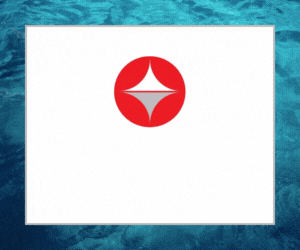Our monthly blog Old Sea Legends For Crew explores the lore and tales of the sea. This time, we’re taking a look at the monstrous Kraken!
As you might know, this legendary tentacled sea monster is said to reach an enormous size, powerful enough to bring down ships. Appearing like a gigantic squid or octopus, it allegedly appears somewhere between Iceland and Norway. Some whispers have even said it was so huge, it could’ve been mistaken for an island, and had a taste for human flesh.
Where Does This Legend Originate?
Is There Any Truth To The Legend?
Is there any overlap when it comes to legend and the realm of science?
Well, the Kraken myth was so influential that it was mentioned in Europe’s first scientific studies of nature in the 18th century. Even Carl Linnaeus, who is known as the father of modern biological classification, included the Kraken in his first book, Systema Naturae (1735).
However, in 1853, a huge cephalopod was found on a Danish beach. After studying it, a Norwegian naturalist named Japetus Steenstrup identified it as the giant squid, Architeuthis dux.

Despite 150 years of research, there is still debate about whether giant squids are one species or many. The largest ones can reach 18m in length, including their long tentacles, but most are smaller. Giant squids have huge eyes (11 inches in diameter), which help them survive in the deep sea – around 300 – 1,000 metres below.
Fuel For The Imagination
Various films and books have been released which feature interpretations of the Kraken. Some include:
- John Wyndham’s novel “The Kraken Wakes” (1953)
- “The Clash of the Titans” film (2010)
- Pirates Of The Caribbean films – Dead Man’s Chest and At World’s End
This legend is also the inspiration for Alfred Lord Tennyson’s poem here:
“The Kraken” (1871)
Below the thunders of the upper deep,
Far, far beneath in the abysmal sea,
His ancient, dreamless, uninvaded sleep
The Kraken sleepeth: faintest sunlights flee
About his shadowy sides; above him swell
Huge sponges of millenial growth and height;
And far away into the sickly light,
From many a wondrous grot and secret cell
Unnumber’d and enormous polypi
Winnow with giant arms the slumbering green.
There hath he lain for ages, and will lie
Battening upon huge sea-worms in his sleep,
Until the latter fire shall heat the deep;
Then once by man and angels to be seen,
In roaring he shall rise and on the surface die.

To keep up to date with the latest Superyacht Content News, click here.
Sign up to our Newsletter below:

















.png)





